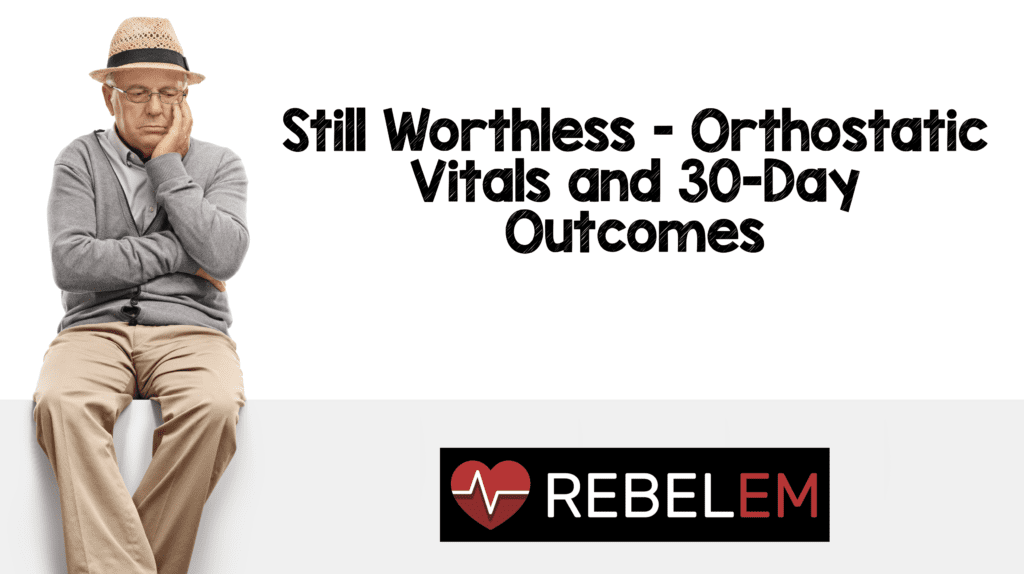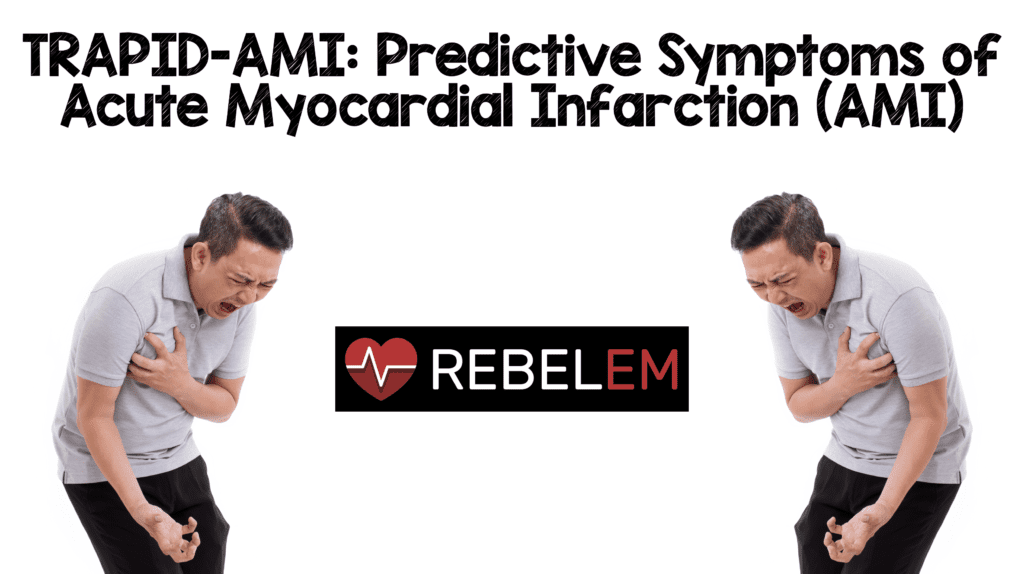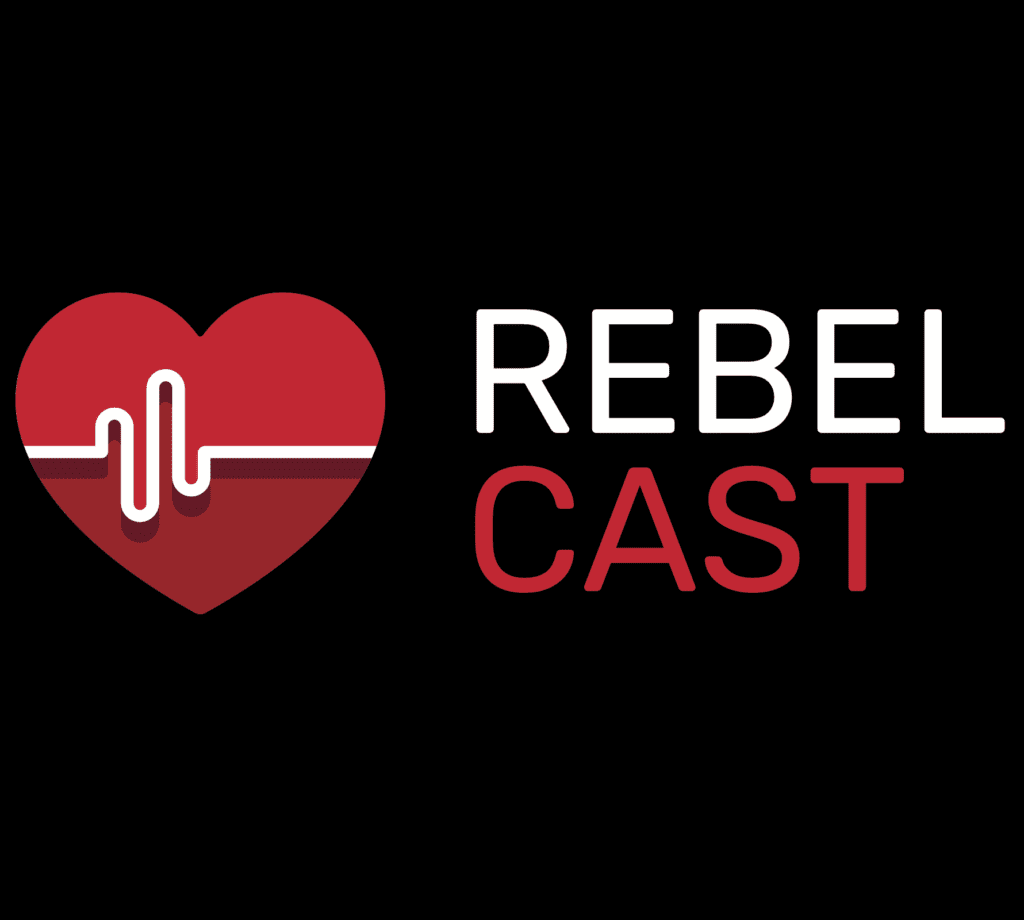Still Worthless – Orthostatic Vitals and 30-Day Outcomes
Background: Syncope and presyncope are common presenting complaints to the Emergency Department. Orthostatic vital signs are often included in the ED evaluation of syncope to assess for volume depletion despite their poor performance characteristics as previously discussed. In particular, it …








